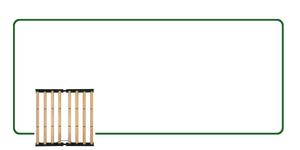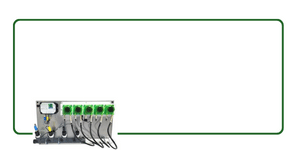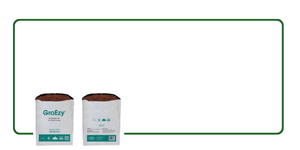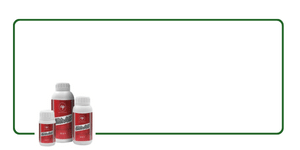Apogee's newest, cutting-edge ePAR sensor was created in 2021 as an upgrade to our ePFD sensor and designed to measure the newly defined 400-750 nm ePAR radiation range that research has shown to be photosynthetically active, beyond the traditional 400-700 nm range. The SQ-616 ePAR, smart sensor can be connected directly to a computer (Windows or macOS X) via USB for taking spot measurements or graphing and datalogging real-time PPFD using the included software. The sensor can also act as a stand-alone PAR datalogger by simply connecting it to most standard 5 V DC USB power plugs. Internal memory within the sensor head is capable of storing 10,000 user-specified periodic measurements that can be downloaded as a CSV file to a computer for analysis.
The sensor features a rugged, aluminum housing that is fully-submersible and built to withstand harsh conditions. The sensor cable includes an IP68 marine-grade stainless-steel cable connector to simplify sensor removal and replacement from permanent installations for maintenance and calibration. Typical applications of ePAR sensors include measuring total ePAR intensity over plant canopies in all growing environments, monitoring and adjusting grow lights, and researching plant morphogenic activity and photobiology. Many next generation LED fixtures, the sun, and other light sources emit these newly confirmed Far-red photosynthetic wavelengths, but they have not been measurable by traditional 400-700 nm PAR meters until now.
| Specifications | |
|---|---|
| Power Supply | 5.5 to 24 V DC |
| Measurement Range | 0 to 4000 µmol mˉ² sˉ¹ |
| Field of View | 180° |
| Spectral Range | 400 to 750 ± 5 nm (wavelengths where response is greater than 50 %) |
| Operating Environment | -40 to 70 C; 0 to 100 % relative humidity |
| Dimension | 30.5 mm diameter, 37 mm height |
| Mass | 140 g |
Apogee's newest, cutting-edge ePAR sensor was created in 2021 as an upgrade to our ePFD sensor and designed to measure the newly defined 400-750 nm ePAR radiation range that research has shown to be photosynthetically active, beyond the traditional 400-700 nm range. The SQ-616 ePAR, smart sensor can be connected directly to a computer (Windows or macOS X) via USB for taking spot measurements or graphing and datalogging real-time PPFD using the included software. The sensor can also act as a stand-alone PAR datalogger by simply connecting it to most standard 5 V DC USB power plugs. Internal memory within the sensor head is capable of storing 10,000 user-specified periodic measurements that can be downloaded as a CSV file to a computer for analysis.
The sensor features a rugged, aluminum housing that is fully-submersible and built to withstand harsh conditions. The sensor cable includes an IP68 marine-grade stainless-steel cable connector to simplify sensor removal and replacement from permanent installations for maintenance and calibration. Typical applications of ePAR sensors include measuring total ePAR intensity over plant canopies in all growing environments, monitoring and adjusting grow lights, and researching plant morphogenic activity and photobiology. Many next generation LED fixtures, the sun, and other light sources emit these newly confirmed Far-red photosynthetic wavelengths, but they have not been measurable by traditional 400-700 nm PAR meters until now.
| Specifications | |
|---|---|
| Power Supply | 5.5 to 24 V DC |
| Measurement Range | 0 to 4000 µmol mˉ² sˉ¹ |
| Field of View | 180° |
| Spectral Range | 400 to 750 ± 5 nm (wavelengths where response is greater than 50 %) |
| Operating Environment | -40 to 70 C; 0 to 100 % relative humidity |
| Dimension | 30.5 mm diameter, 37 mm height |
| Mass | 140 g |












